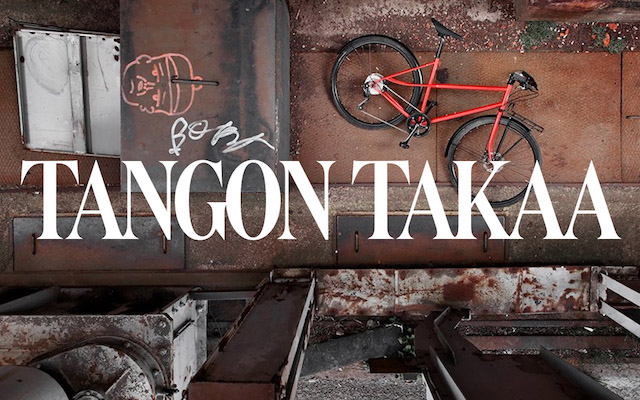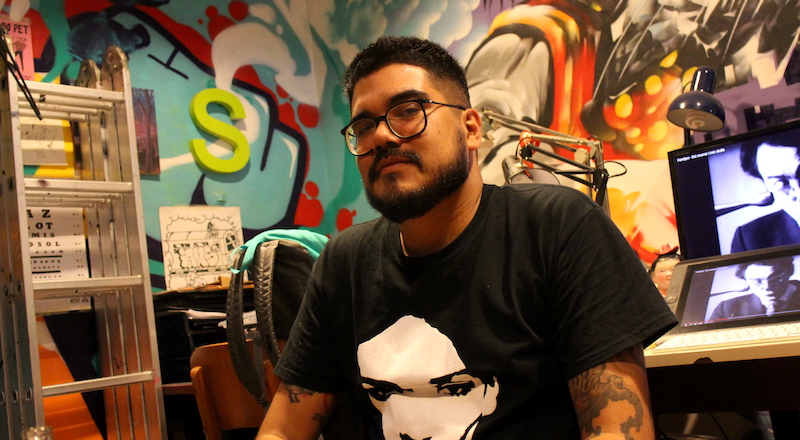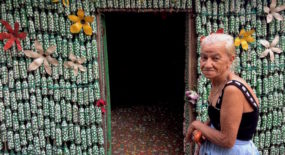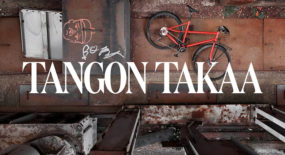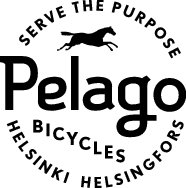Un post sobre cómo no dejé mi trabajo para viajar, traducido por César Sanchez en thelemongroup.net. El post original en inglés se encuentra aquí.
- Home/Blog
- People & places
- ARGENTINA
- BOLIVIA
- BRAZIL
- CHILE
- COLOMBIA
- NICOLAS TAPIA AND ANTONELA CHAYA – DANCE FOREVER
- ANDRÉS MOLINA – A MASTER OF CALI SALSA STEPS
- ALL-FEMALE SALSA GROUP D’CACHE
- MIGUEL FERREROSSA – GURU IN LADIES STYLING
- KANELO – ICON OF OLD SCHOOL CALI STYLE SALSA
- EDGAR AND YOLANDA – THE ROYALS OF BOLERO
- MOTEL STAFF – 10 FACTS ABOUT KISS ME
- HUMBERTO VILLEGAS – BIGGEST THEME MOTEL
- FARALLONES WITH CAMPING TRIPS COLOMBIA
- GO WITH THE FLOW – PARKOUR IN CALI
- PIERRE AND PATRICIA LEARNING SALSA IN ARREBATO CALEÑO
- FOLK DANCES WITH CARMEN LOPEZ
- PRIDE 2017 OF CALI IN PICTURES
- COFFEE FARMER IN COLOMBIAN CAUCA
- CAUCARIBE – COLOMBIAN FOLK MUSIC IN POPAYÁN
- ECUADOR
- FINLAND
- GERMANY
- ITALY
- PARAGUAY
- GONZO JOURNALISM AT RIVER SOUNDS
- OZ MONTANÍA: STREET ART
- CARMEN COLAZO: GENDER EQUALITY?
- TOTE PASCUAL: MASTER OF HAIR
- FIO MIGLIORE: GREENER SIDE OF PARAGUAY
- LIFE OF A SOY FARMER IN CANINDEYÚ
- EAT AND DRINK IN ASUNCIÓN
- MEMORIES OF A DICTATORSHIP
- WHO IS CARLOS SCHAUMAN?
- 5 CHALLENGES OF PARAGUAY
- FRIENDS IN PARAGUAY
- PERU
- SPAIN
- URUGUAY
- WORLD
- Customs & culture
- Tips & guides
- CYCLING
- 8 SOLO FEMALE CYCLISTS WHO ROCK
- HOW TO KNOW A FEMALE CYCLIST DOES NOT SELL SEX?
- PELAGO STAVANGER: REVIEW OF MY BICYCLE
- WHAT TO PACK FOR A LONG-DISTANCE TRIP?
- WOMEN ON WHEELS E-BOOK
- 10 THINGS NOT TO ASK A CYCLIST
- WHAT TO ASK A LONG-DISTANCE CYCLIST?
- WHY CYCLE PARAGUAY?
- 5 RISKS OF CYCLING IN BUENOS AIRES
- BE PREPARED FOR INTERVIEWS!
- TRAINING WITH A RIKSHAW
- HITCHHIKING
- COUCHSURFING
- DANCING
- RECYCLING
- HEALTH
- MEETING PEOPLE
- CYCLING
- Inner world
- NEW BEGINNINGS – SOUTH TO CENTRAL AMERICA
- WHAT’S IN MY DNA? LET’S FIND OUT!
- 13 IDEAS I WANT TO REALIZE… NOW WHAT?
- I HAVE A DREAM – AND THAT’S DANCE!
- FINNISH WOMAN IN LATIN AMERICA? IT SUCKS.
- AN ODE TO THE ROAD AND LIFE
- COMPETITIVE TRAVELLER SYNDROME
- THE POWER OF FEAR
- NO MORE CLIMBING?
- HOW I DID NOT QUIT MY JOB TO TRAVEL
- 10 REASONS TO STOP BLOGGING
- WHY CYCLE LATIN AMERICA?
- THE ART OF LEAVING
- THE ROCKY ROAD OF RETURNING
- En español
- STRANGERLESS TV
- About



